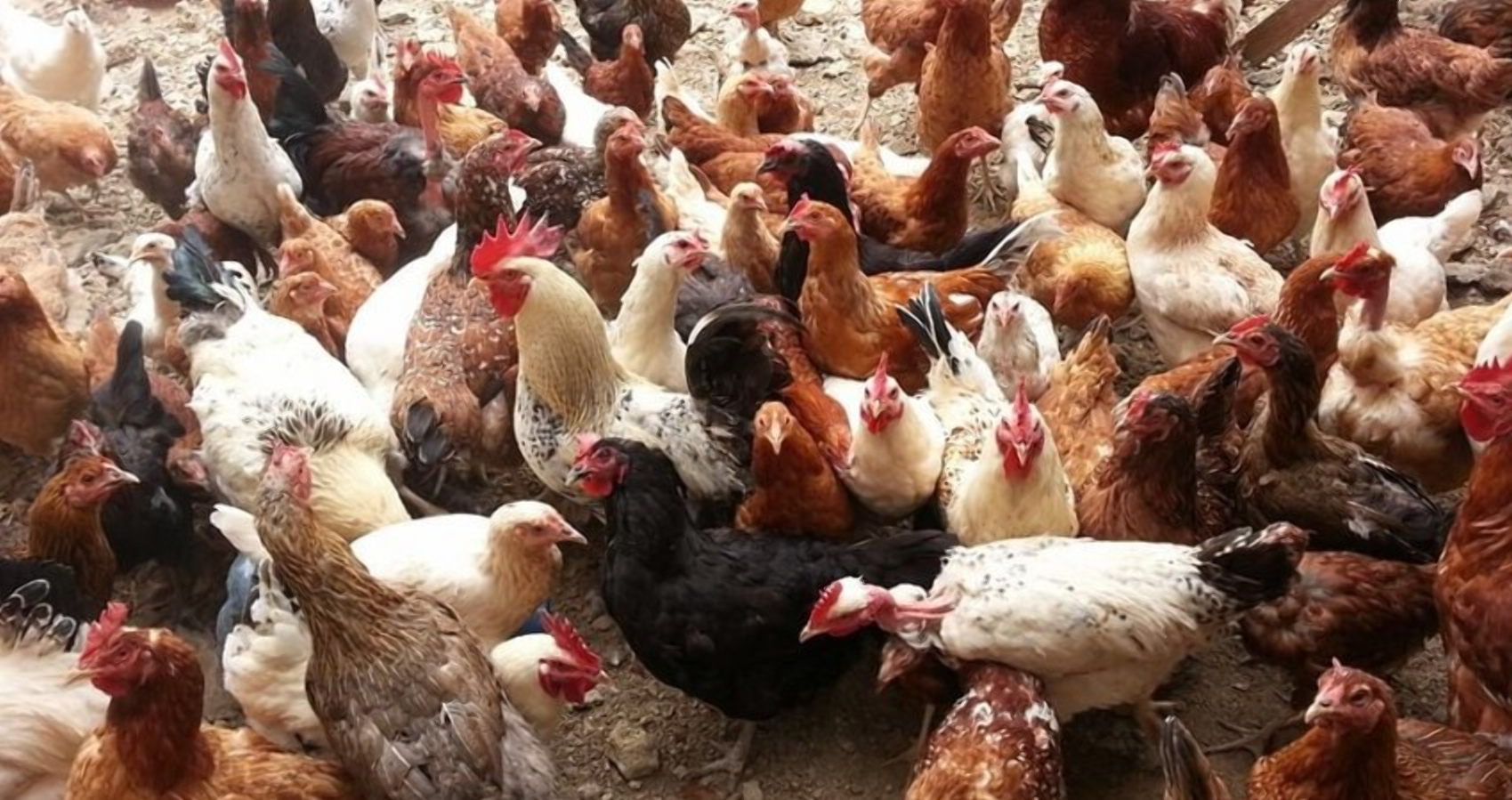Your method of feeding indigenous chickens is critical to increasing production of meat and eggs at your indigenous chickens farm. A lack of feed and water will reduce resistance to disease, parasites and will your farm at the risk of heavy losses. So how do you go about feeding indigenous chickens the right way? Let’s take a look:
What to feed indigenous chickens?
The composition and availability of feeds will vary, depending on the season, locality and production system. Poultry need feed containing energy and protein, as well as vitamins, minerals and water. The need for feed will change, depending on the age and status (chicken, grower, egg layer, broody hen) of the bird. The cheapest – and also often the best – way to supplement the diet of your poultry, is to use local resources.
Many vitamins and nutrients are destroyed if the feed is stored too long or under sub-optimal conditions, e.g. high humidity and heat. Knowledge of feed quality and sources of different feed types is important for feed safety.
Feeding for extensive production;
Under a free-range chicken production system with temporarily confinement during planting season and at night, you can supply grains, by-products of grains or tubers besides the green forage and seeds they collect during scavenging. With a variety of feeds (plants and insects), requirements for minerals, trace-elements and vitamins are likely to be met. Water should be available at all times. Young chicken should be fed easy to digest feeds that are energy and protein rich.
Scavenging systems;
In a free-range or semi-intensive poultry rearing system, adult hens and cocks ought to be given enough time and space for scavenging in the surroundings daily. The best time for scavenging is early morning and late afternoon when there are plenty of insects and less heat. Indigenous chickens below eight weeks of age should be confined.
How to start a poultry farming business today and the returns to expect
Supplementary feeds should be offered in the morning and evening when your indigenous chickens come back for the night. Always give ad lib, access to clean water during the day to avoid heat stress.
Simple ration for supplementing local chicks from day-old to 8 week;
Feeding for semi-intensive and intensive production systems;
Types of feeds:
- Starter diet : chick mash – high in protein offered up to 8 weeks
- Growers’ diet: medium in protein offered from 9- 19 weeks
- Layer diet: lower in protein offered from 19 weeks onwards
Feed types and their functions;
- Forms over 75% of poultry feed
- For Maintenance requirements e.g. body temperature, Vital functions and exercise
- Form less than 20% of poultry diet due to high costs among others.
- Needed for growth, production and optimal health
- Important for bone and egg formation
- For optimal health status
- Important minerals are calcium and phosphorous in a ratio of 2:1
- Important for optimal health status i.e. disease prevention.
- Important vitamins are A, B2 and D in chickens
Non-nutrient substances:
- Grits
- Water
- Medications
- Growth promoters
Problems related to feeds;
- Fish – fishy taste to meat and eggs.
- Cassava – contains cyanide which is toxic
- Oil and seed cakes can contain excessive amounts of oil and fiber
- Beans and peas contain a number of anti-nutritional substances
Did you love the story? You can also share YOUR story and get it published on Bizna Click here to get started.




